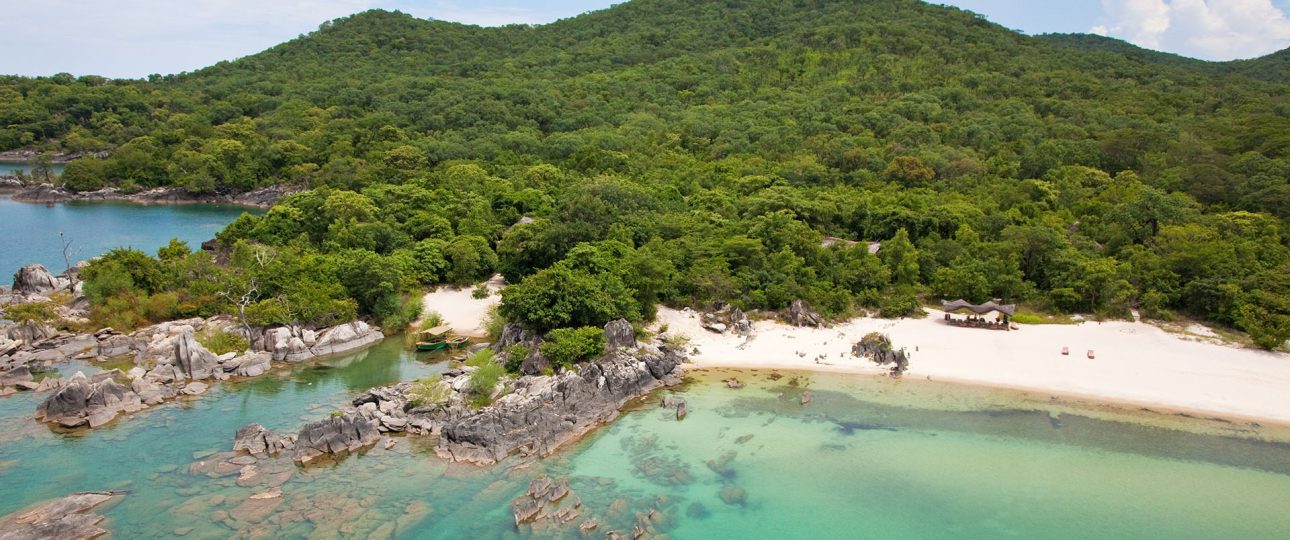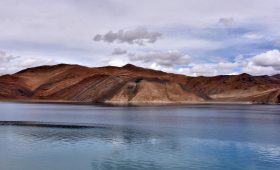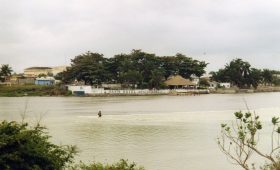Exploring Lake Niassa in Mozambique
Location and Geography
Lake Niassa, also known as Lake Malawi or Lake Nyasa, is a vast freshwater lake located in southeastern Africa. It borders Mozambique, Tanzania, and Malawi. Covering approximately 29,500 square kilometers, it ranks as the ninth largest freshwater lake in the world by surface area. The lake is part of the East African Rift Valley and sits at an elevation of 474 meters above sea level. Its maximum depth reaches 700 meters, making it the third deepest freshwater lake globally.
Unique Features of Lake Niassa
Lake Niassa stands out for several reasons:
- Rich Biodiversity: The lake is home to between 800 and 1,000 fish species, making it the most species-rich freshwater lake in the world. This biodiversity attracts snorkeling and diving enthusiasts eager to explore its underwater ecosystems.
- Local Culture: The communities around the lake have preserved their traditional lifestyles, offering visitors a chance to experience authentic African culture.
- Natural Surroundings: The lake is surrounded by national parks and reserves, providing opportunities for wildlife safaris and nature walks.
- Birdwatching: Over 400 bird species inhabit the area, making it a paradise for birdwatchers.
- Water Activities: The lake’s clear waters are ideal for swimming, kayaking, and sailing.
- Environmental Challenges: The region faces threats from overuse, invasive species, habitat degradation, pollution, and climate change. These issues impact the lake’s unique biodiversity and the livelihoods of the local population.
Best Time to Visit
The optimal time to visit Lake Niassa is during the dry season, from May to October. During this period, temperatures range from 22°C to 27°C, and the weather is generally pleasant. This season also offers better visibility for snorkeling and diving. However, the lake can be visited year-round, with each season offering its own distinct experiences.
Getting There
Reaching Lake Niassa involves a bit of planning:
- By Air: The nearest international airport is Maputo International Airport in Mozambique. From there, you can take a domestic flight to Lichinga, followed by a scenic four-hour drive to the lake.
- By Road: For those who enjoy road trips, driving from major cities like Maputo or Beira is an option. This journey allows you to explore Mozambique’s diverse landscapes, though it may take several days.
Local Transportation
Once at Lake Niassa, several transportation options are available:
- Taxis: Taxis are available in nearby towns and villages. It’s advisable to negotiate fares before starting your journey.
- Boats: To explore the lake and its islands, consider hiring a boat or joining a guided tour. This is an excellent way to discover hidden beaches and secluded spots.
- Bicycles: Renting a bicycle is a popular way to explore local communities and nearby nature trails.
Considerations
While Lake Niassa offers breathtaking natural beauty and cultural experiences, travelers should be aware of certain challenges. The region is densely populated and faces high rates of poverty and disease, including HIV/AIDS and waterborne illnesses like schistosomiasis and typhoid fever. Access to clean water is limited, making the population vulnerable to environmental changes. Visitors should take necessary health precautions and be mindful of the environmental impact of their visit.




